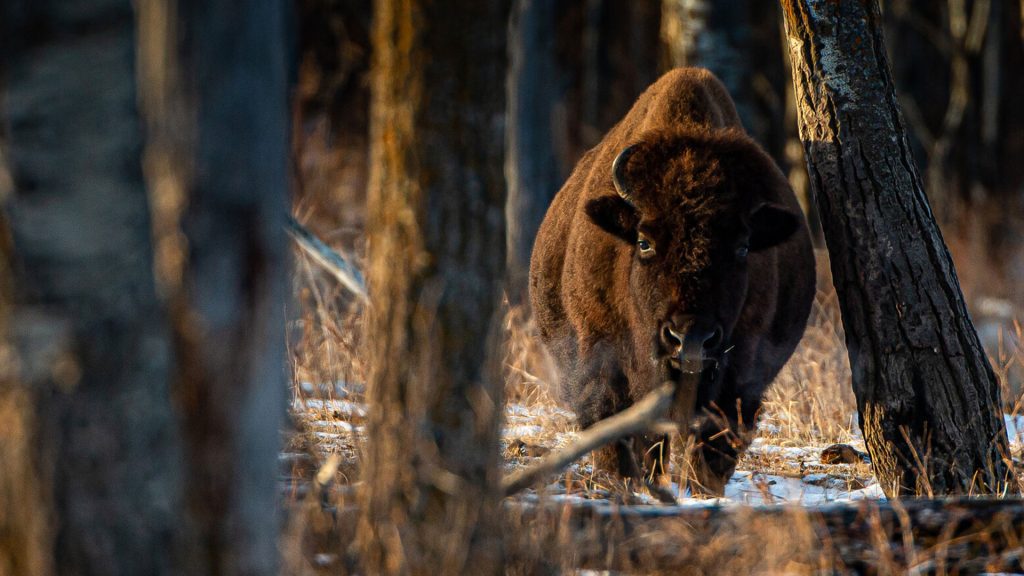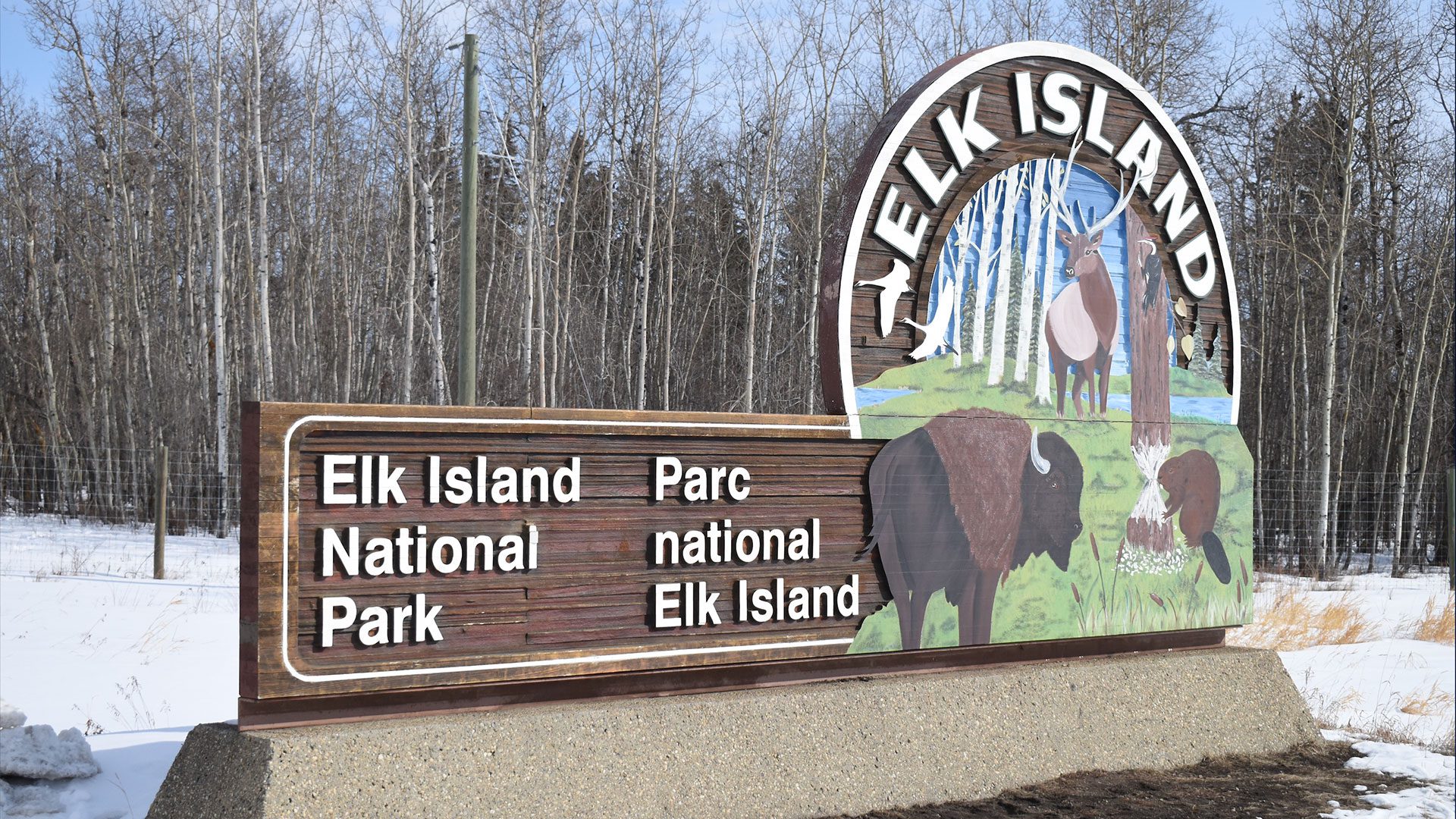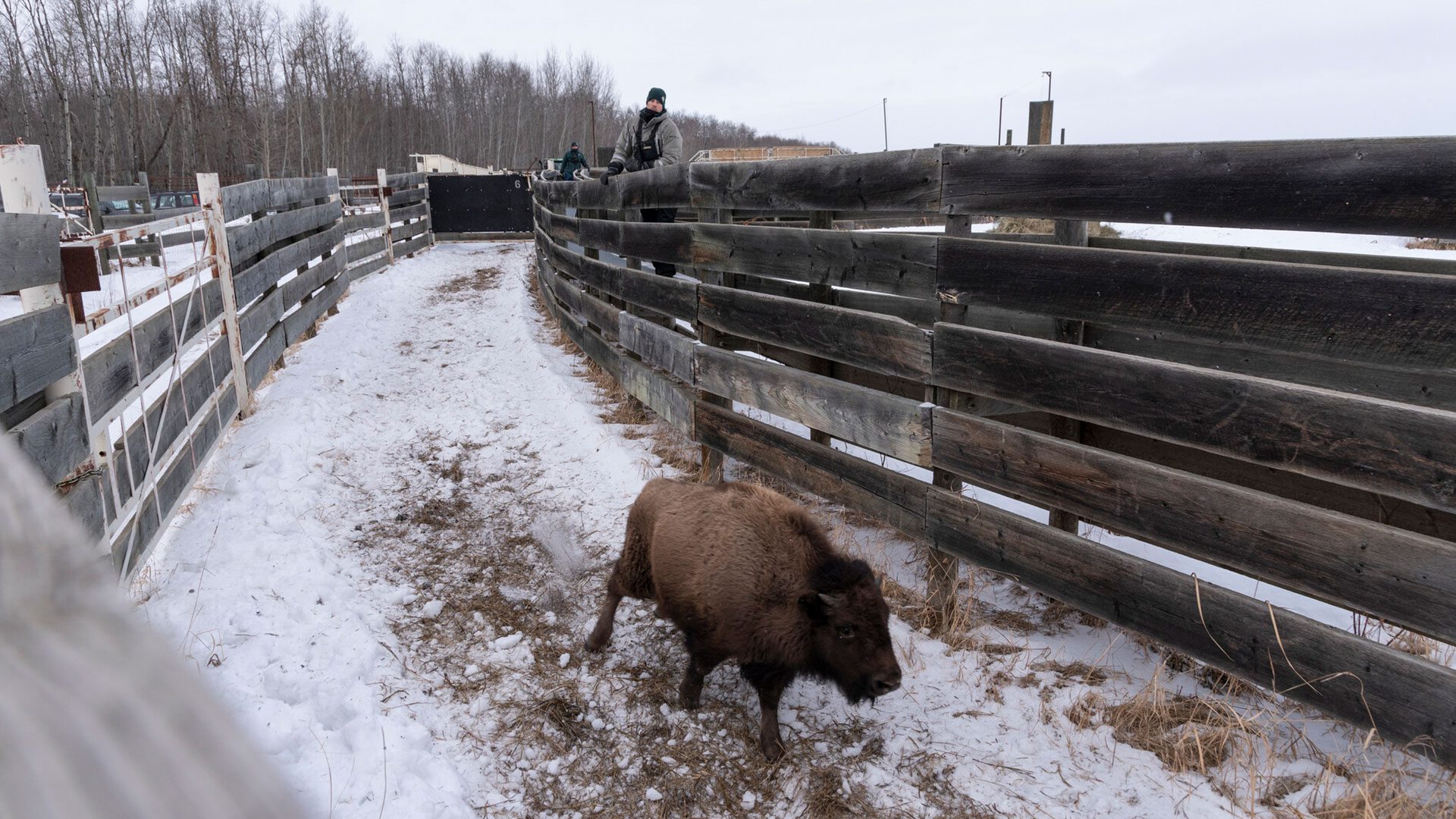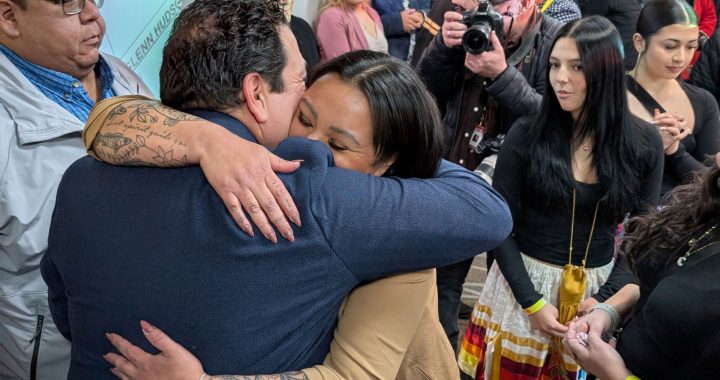
Bison at Elk Island National Park Photo: Parks Canada/Elk Island National Park
Parks Canada at Elk Island National Park announced that they have worked with First Nations and Métis communities to introduce more than 300 bison back into their traditional territories in Alberta.
Chief Tony Alexis of Alexis Nakota Sioux First Nation has not yet received bison from Elk Island but says his nation has worked on a feasibility study and would like to welcome the animals back to the area in the future.
“Every tribe has had a relationship with the bison and for a lot of people, including us, it’s part of their ceremony in their culture…Certainly, if we had the opportunity to look after the bison, that is something we would do,” said Alexis.
At the same time, Alexis says that he would like to see additional support come with transferring the bison.
“They should also provide some support as well. Preparing the infrastructure, as well as the guidance on how to maintain and look after bison.”

Treaty 6 and other Treaties include agreements on agricultural products. Alexis says a lot of First Nations are currently in the courts fighting for compensation from those broken treaty promises.
In addition to the cultural significance of bison, there’s emerging evidence that having native grasslands and animals can help reverse some of the effects of over-industrialization.
Read more
Stoney Nakoda combines western science with cultural teachings in bison monitoring
Given the concerns around climate change and its impact on rural and remote Indigenous communities, adding bison to the landscape can have a positive outcome.
A study published in the Proceedings of the National Academy of Sciences of the United States of America (also called PNAS) shows that placing bison in their native habitat can create positive change in the environment.
“[R]eintroducing native bison to tallgrass prairie can still lead to sustained biodiversity gains in native plant species that exceed those of domesticated herbivores without lowering grassland conservation value,” says the study.

Jonathan DeMoor, an ecologist who works at the park, says the herd at Elk Island is really healthy and productive so the bison population grows between 10 to 20 per cent per year.
“Because Elk Island is relatively small and fully fenced, we can’t sustain that level of growth without taking numbers off the top,” said DeMoor.

DeMoor says they do aerial surveys every year to count the number of bison in Elk Island. There are both plains and wood bison in the area.
“There were just under 700 plains bison…our target number for the end of the transfer was about 500,” he told APTN News.
Plains bison are transferred every second year from Elk Island National Park. Reducing herd numbers is important to keep the herd healthy.
In 2022, Elk Island transferred 20 wood bison to Metis Crossing cultural centre in Alberta, and four bison were transferred to Beaver Lake Cree Nation.
So far this year, 87 bison went to First Nations in Saskatchewan and Alberta.










